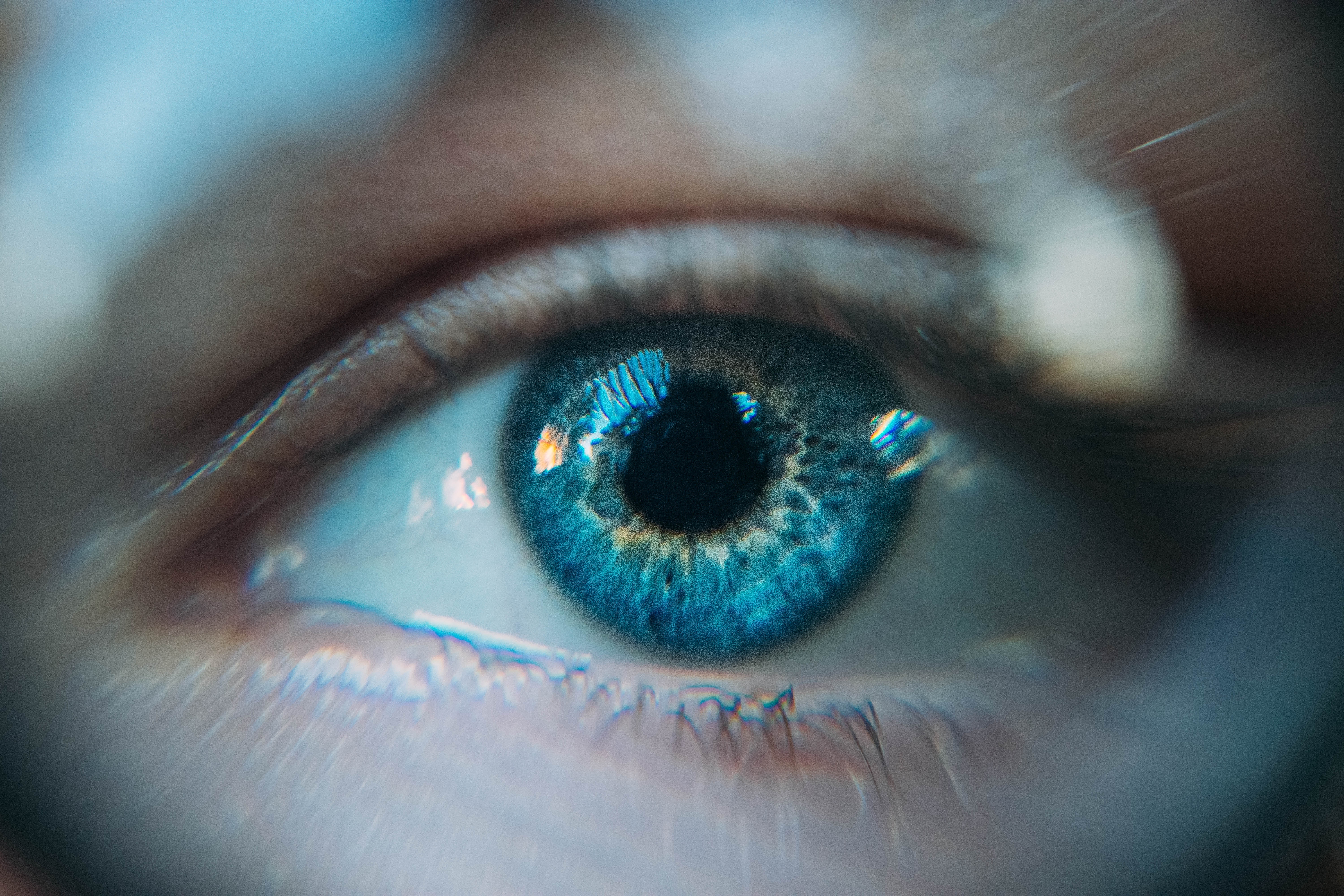
A Closer Look at the Eyes
04 Feb2020 Tagged as
Posted by Evolve College News
The eyes are one of the many extraordinary parts of the body that we deeply rely on, and yet may not know much about.
Unlike some other vital body parts, we do not need our eyes to live and function, however having sight is a gift that should not be taken for granted. This week we are celebrating the eyes and having a more in depth look at more mysterious facts you may not know.
What’s the difference between blue, brown and green eyes?
Eyes are beautiful to look at, however the fact that we possess different eye colours is believed to be a result of a genetic mutation that happened 6000-10000 years ago. Before then it is believed that all human’s eye colour was brown. Different colours in eyes is due to different amounts of melanin, a pigment that is present in the eye. Large amount of melanin produces brown eyes, whilst its absence produces blue eyes. Variations in between, such as green and hazel, are variations of this pigment.
What is it that your eyes really see?
There is so much more to the process of seeing that we simply do not – see!
Viewing an object is based on receiving light through the cornea. The cornea then bends the light in such a way that it passes through the pupil. The iris (the part of the eye that has colour) opens and closes changing the size of the pupil, which regulates the amount of light passing through. The light is then bent again and focused onto the retina. The retina sits at the back of the eye, and is a layer of tissue that contains millions and millions of light-sensing nerve cells, known as cones and rods.
Cones are found in the centre of the retina. Cones provide clear central vision and detect colours and fine details when light reaches them. Rods surround the macula all the way to the edge of the retina and provide peripheral and side vision as well as detecting motion and helping you see in dim light.
These cells all convert the light the eye is receiving into electrical impulses that then get sent to the brain – thus producing an image.
Did you know that as a result of the front part of the eye being in the shape of a curve, the light is bent to create an upside-down image on the retina? As the brain receives the electrical impulses, it flips the image the right way up!
So really, you're not just 'seeing an object' – but receiving light through your eyes.
How does night vision work?
Whilst humans are not lucky enough to possess this ability, many animals have nocturnal vision. Nocturnal vision works as a result of a couple of factors. Firstly, animals that can see better in the dark usually have enormous eyes with big pupils – think of an owl. Owl’s eyes additionally are tubular instead of spherical with a lens that is positioned much closer to the retina, allowing greater amounts of light to register. Nocturnal animals also have an additional layer in the eye called a tapetum, which helps make the most of even the tiniest amount of light. Lastly, nocturnal animal’s eyes contain far more rods than cones – and as discussed above, rods are what helps us see better in dimmer environments.
So how can I look after my eyes to make sure they last me for many years to come?
After reading this article, you may be considering how to best care for your eyes so that they last you well into old age. The following are some top tips in eye care:
- Wear sunglasses outdoors to protect your eyes from UV rays, this applies even when it is cloudy.
- Eat a healthy diet
- Don’t smoke – smoking has been shown to increase the risk of age-related macular degeneration, glaucoma, cataracts as well as dry eye syndrome.
- Take regular breaks when using a computer screen – every 45 minutes for at least 2-3 minutes.
It is also important to take notice of any changes in your sight or eyes and report them to your healthcare provider as soon as possible. Look after your eyes, and take a moment to appreciate the amazing process that has occurred just to allow you to see - and read - this article!
